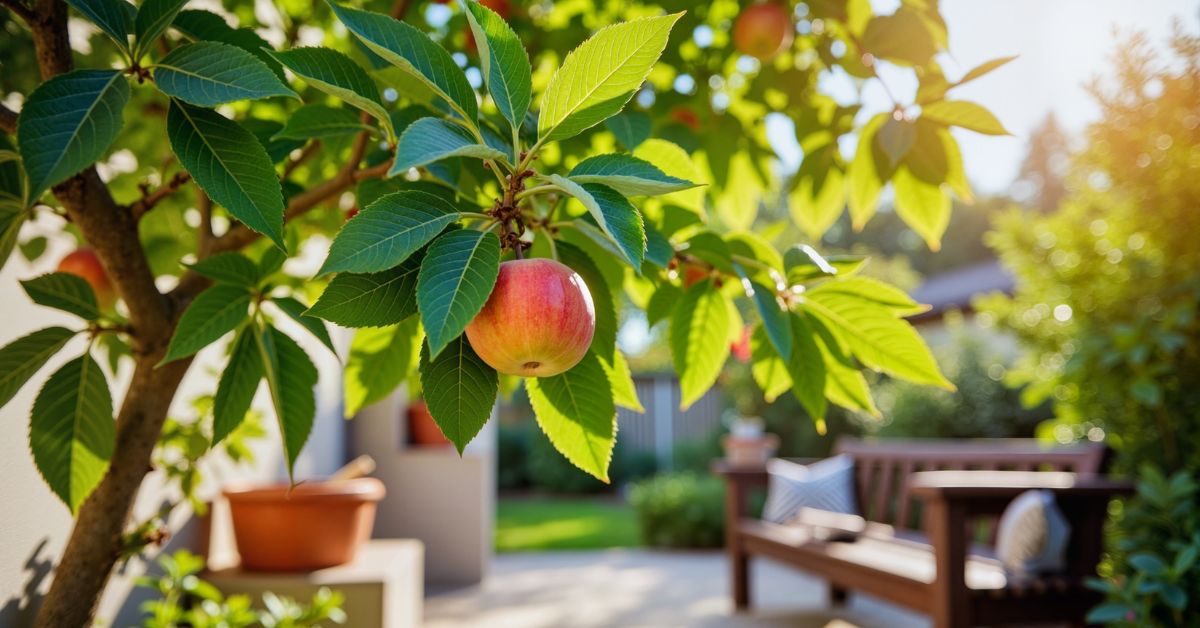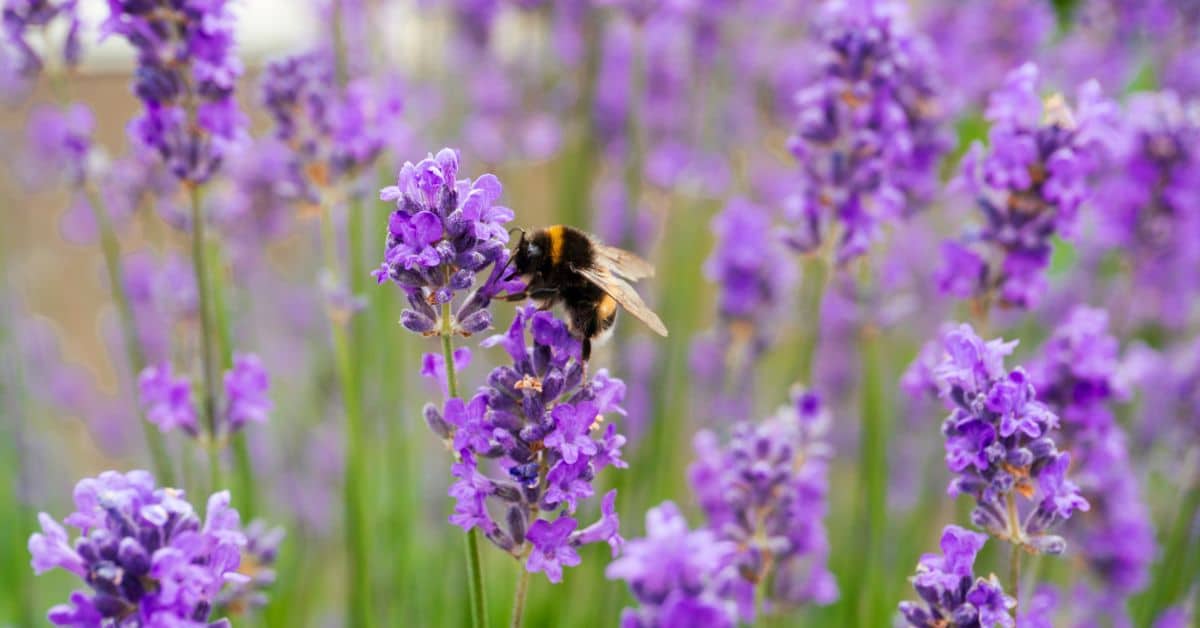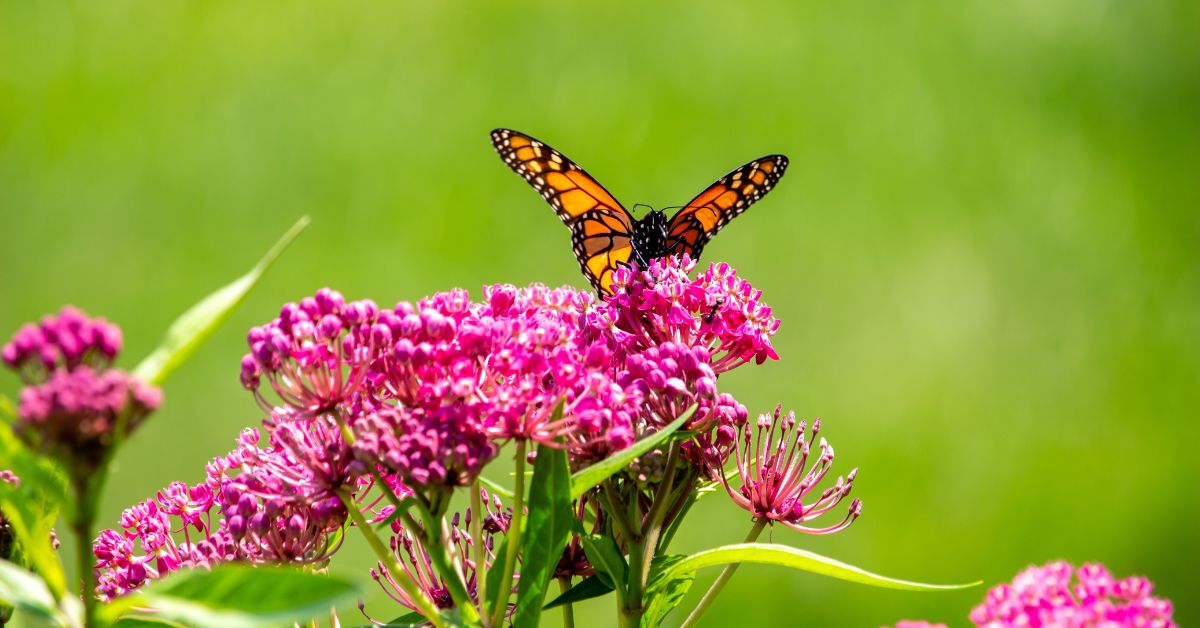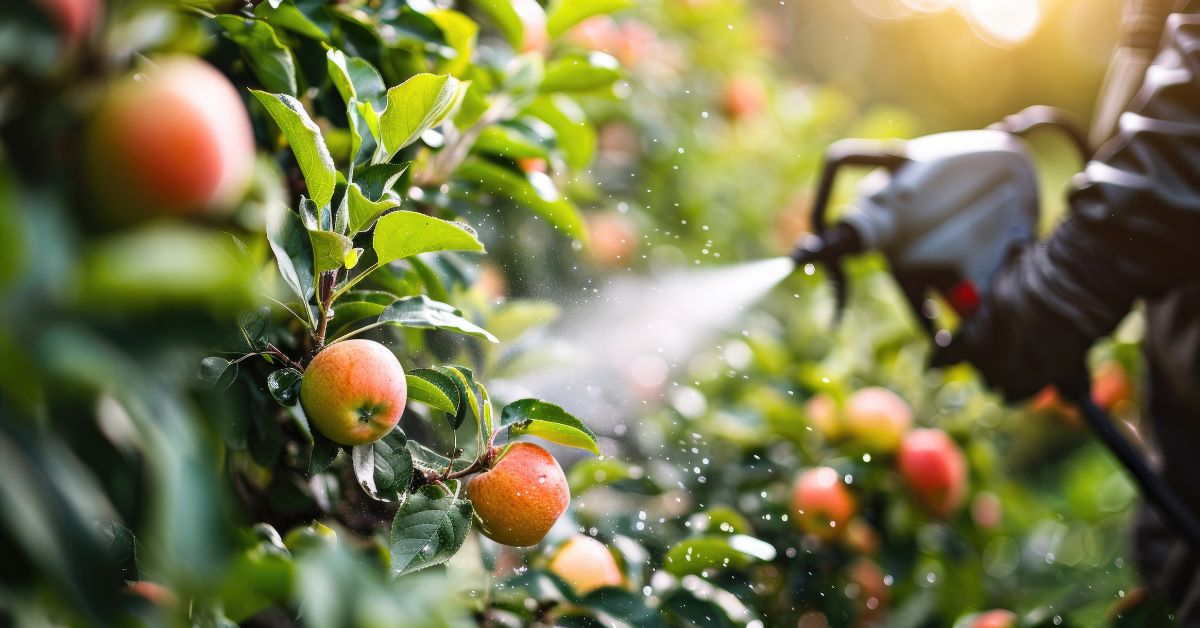

Due to the water contamination crisis in Flint, Michigan, parents must take their children to pediatric offices to test for lead poisoning. The increased national awareness concerning contaminated water and the potential poisoning of children, with probable long-term health effects, has outraged citizens nationwide. But in addition to donating clean water to Flint, is there anything else we can do to help those contaminated with lead? As a Certified Lead Inspector, Risk Assessor, Health Educator, and Plant-Based Nutrition Certificate graduate, I recommend a whole food, plant-based (WFPB) diet for the children of Flint and any others dealing with lead poisoning in the future.
Since childhood lead poisoning is rarely in the news, most people are unaware of the basics, so let’s break it down.
Lead (Pb) poisoning is a public health concern, especially for children younger than six, but it is preventable. Lead is a naturally occurring neurotoxin. Once ingested, it can cause cognitive and behavioral problems. In severe cases, it can even cause brain damage or death. No amount of lead in a child’s body is safe, and according to the CDC, children with a BLL (blood lead level) of 5ug/dl (micrograms per deciliter) or greater require case management.[1]

Lead can come from many different sources, but it is most commonly found in the paint from houses built pre-1978 and in dust from lead-painted surfaces.[2] Lead can also be in the soil, various imported food cans, and water pipes. Lead contamination from water occurs when old lead-based water pipes or solder fixtures and fittings start to decay. When testing water for lead, according to the Environmental Protection Agency (EPA), the threshold is 15 ppb (parts per billion), and anything above this level requires action.[3]
To put that into context, many of the water samples from Flint showed levels near or even far above this threshold, including one water sample as high as 158 ppb! You can see the results of the complete dataset below.[4]
What Does Nutrition Have to Do With Lead Poisoning?
The EPA and the CDC (Centers for Disease Control and Prevention) have tools and resources for educating the public, emphasizing healthy eating and the five basic food groups. The EPA encourages children with elevated lead levels to keep a full stomach to prevent lead from easily absorbing into the body.[5] These recommendations indicate that nutrition does play an important role during lead poisoning interventions. However, please notice that in the EPA resource “Fight Lead Poisoning with a Healthy Diet,” each recipe listed includes animal products.[5]
The CDC emphasizes that parents should feed their children foods rich in calcium, zinc, and iron to help keep lead out of the body and aid in lowering lead levels. As you can see, the micronutrients recommended in “Eating Right Helps Fight Lead Poisoning” are from animal sources.[6] Yet the weight of the scientific evidence currently suggests more healthful ways to obtain nutrients while providing compelling evidence regarding the harmful effects of animal protein compared to plant protein.[7][8]
An article in the American Journal of Clinical Nutrition showed that changing from an omnivorous to a vegetarian diet lowered the concentrations of lead (and mercury) in the body.[9] “Therefore,” the author concludes, “a predominance of plant food in human diets is an important step in lowering the body burden of harmful substances in populations exposed to pollutants.”
In another study published by the Scientific World Journal, methods of effective chelating therapies were tested;[10] the study demonstrated that various compounds produced by plants might reduce the absorption and reabsorption of toxic metals, including lead. Some of the plant-based foods included dietary fibers from grains, fruits, garlic, broccoli, and cilantro. Other studies have shown similar effects related to increased dietary plant-based micronutrients leading to decreased bodily toxins.

Plant-Based Sources of Nutrients That Can Combat Lead Poisoning
- Iron: Beans, dark green vegetables, dried fruits, nuts, seeds, and whole grains[11]
- Calcium: Green leafy vegetables, legumes, and calcium-fortified orange or apple juice[12]
- Vitamin C: Broccoli, dark leafy greens, grapefruit, and sweet red pepper[13]
- Zinc: Tofu, tempeh, legumes, nuts, seeds, oatmeal[14]
The industry-funded nutrition information often shared with affected families is concerning. Since I understand the harmful effects of animal protein compared to plant protein,[7][8] it is challenging for me as a Certified Lead Inspector to promote some of the educational materials provided by the government because they heavily promote animal consumption.
Limiting and abating potential sources of lead poisoning is the best prevention method. In my professional opinion, promoting and adopting a WFPB diet as a preventive public health measure is also critical.
The unfortunate public health disaster that the citizens of Flint are trying to overcome has garnered a public outpouring of concern and water donations. But that doesn’t mean we can’t do more. Wouldn’t it also be great to see an area suffering from food deserts[15] achieve access to fresh plant-based foods and proper nutrition education as a measure of secondary care? In my specialized experience, I would say without a doubt!
References
- “What Do Parents Need to Know to Protect Their Children?” Centers for Disease Control and Prevention. Centers for Disease Control and Prevention, 19 June 2014. Web. 02 Feb. 2016.
- “Five Things You can do to help Lower Your Child’s Lead Level” Center for Disease Control and Prevention, June 2010. Web 17 Feb. 2016.
- “About Lead in Drinking Water.” Centers for Disease Control and Prevention. Centers for Disease Control and Prevention, 01 Dec. 2015. Web. 02 Feb. 2016.
- Roy, Siddhartha. “[Complete Dataset] Lead Results from Tap Water Sampling in Flint, MI.” Flint Water Study Updates. Flint Water Study, 01 Dec. 2015. Web. 02 Feb. 2016.
- “Fighting Lead Poisoning with a Healthy Diet.” Environmental Protection Agency. 7 Dec. 2015. Wed. 17 Feb. 2016.
- “Eating Right Helps Fight Lead Poisoning” Connecticut Department of Public Health. Connecticut Lead and Healthy Homes Program. Web. 01 Feb. 2016.
- Campbell PhD, T. Colin. “Animal vs. Plant Protein – Nutrition Studies.” Center for Nutrition Studies. T. Colin Campbell Center for Nutrition Studies, 29 Oct. 2013. Web. 02 Feb. 2016.
- “Frequently Asked Questions About Nutrition.” The Physicians Committee for Responsible Medicine. PCRM, 13 Oct. 2010. Web. 02 Feb. 2016.
- Dorea, Jose G. “The American Journal of Clinical Nutrition.” Vegetarian Diets and Exposure to Organochlorine Pollutants, Lead, and Mercury. American Society for Clinical Nutrition, July 2004. Web. 02 Feb. 2016.
- Sears, Margaret E. “Chelation: Harnessing and Enhancing Heavy Metal Detoxification—A Review.” The Scientific World Journal. Hindawi Publishing Corporation, 18 Apr. 2013. Web. 02 Feb. 2016.
- “Iron: The Double-Edged Sword.” The Physicians Committee for Responsible Medicine. PCRM.Org, 17 July 2012. Web. 02 Feb. 2016.
- “Plant Based Diet Calcium.” The Physicians Committee for Responsible Medicine. PCRM.Org, 13 Sept. 2010. Web. 02 Feb. 2016.
- “How Vitamin C Helps Protect Against Cancer.” The Physicians Committee for Responsible Medicine. PCRM.Org, 19 July 2012. Web. 02 Feb. 2016.
- Jack, Norris, RD. “Zinc.” Vegan Health. N.p., Feb. 2014. Web. 02 Feb. 2016.
- “Tackling Food Deserts in Michigan | The Conservation Fund.” The Conservation Fund. The Conservation Fund, n.d. Web. 02 Feb. 2016.
Copyright 2025 Center for Nutrition Studies. All rights reserved.
Deepen Your Knowledge With Our
Plant-Based Nutrition
Certificate
Plant-Based Nutrition Certificate
- 23,000+ students
- 100% online, learn at your own pace
- No prerequisites
- Continuing education credits









